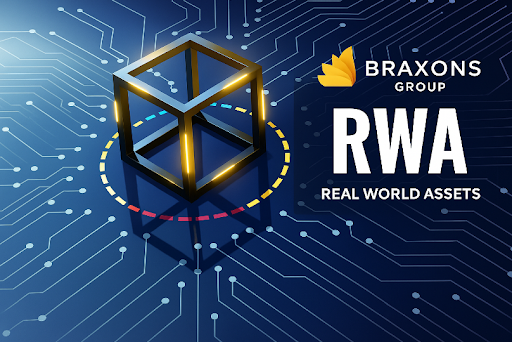A Manager’s Guide to Creating the Ultimate Employee Development Plan: Examples That Work

Helping your team grow isn’t just about filling skill gaps; it’s how you boost retention, increase engagement, and build a stronger company from the inside out. A well-structured employee development plan does more than improve performance. It sets a clear path for growth, strengthens leadership potential, and fosters long-term loyalty. The trick is knowing how to build one that actually works.
Let’s walk through how you can create an employee development plan that’s practical, easy to implement, and designed for immediate impact.
Start with collaboration, not assumptions
The strongest plans start with a conversation, not a checklist. Sit down with your employee and find out what they actually want to learn or improve. Are they looking to develop technical skills? Build emotional intelligence? Prepare for a leadership role?
Ask questions like:
- What’s one task you’d like to do more confidently?
- Where do you see yourself growing in this company?
- What would help you feel more engaged in your role?
This step is essential. Not only does it give you clear insight into their goals, but it also sets the stage for trust and accountability on both sides.
Zero in on job skills, not just abstract goals
Too many development plans get lost in vague language. “Improve communication” or “enhance leadership” sounds nice, but it’s not actionable. A winning plan focuses on tangible, job-specific skills that impact day-to-day performance.
Examples of effective goals:
- Master a new software program within 30 days
- Facilitate a client meeting once per month
- Complete a negotiation skills workshop by the end of the quarter
Check out The ultimate employee development plan examples to learn more.
This approach delivers results faster because the employee is working toward something concrete, relevant, and measurable.
Include soft skills for long-term growth
While technical skills may lead to immediate gains, it’s soft skills, like emotional intelligence, conflict resolution, and adaptability, that build lasting value. A great plan balances both. Adding a section for soft skill development helps employees enhance their ability to interact, lead, and solve problems effectively.
This could mean:
- Practicing active listening in team meetings
- Learning how to give and receive constructive feedback
- Developing time management strategies through coaching
Make it easy to follow with structured templates
One of the biggest hurdles to implementing a development plan is administration. That’s why using plug-and-play templates can be a game-changer. With the right setup, you can build custom plans in minutes, not hours.
Look for templates that include:
- A self-evaluation section for employees
- Clearly defined skill categories pulled directly from job descriptions
- A simple performance review format
- A space for soft skills and behavioral development
- A built-in reward system for motivation and recognition
These tools streamline the process and give both you and your team clarity on expectations, timelines, and progress.
Check in regularly to keep momentum going
A plan that sits untouched for months isn’t doing anyone any good. Set a cadence for quarterly check-ins where you can review progress, assess outcomes, and revise goals as needed. These reviews also give employees space to reflect, ask questions, and bring new ideas to the table.
Over time, this rhythm of development ensures that nobody falls behind and no one gets overlooked.
Tie growth to recognition and rewards
Improving performance is only part of the equation. Recognizing effort and celebrating milestones helps maintain high motivation and demonstrates that the company values progress. Whether it’s a shoutout at a team meeting, a bonus, or a professional development perk, tie each achievement to real, meaningful recognition.
What makes this system work?
It’s not theoretical. These employee development plan examples are already used by small to midsize teams to:
- Improve job performance from day one
- Create a culture of accountability and progress
- Develop leadership and emotional intelligence
- Raise the overall standard of work quality
- Streamline reviews and save time for managers
Instead of spending thousands on complex HR software or outdated training programs, these systems use a focused approach to deliver results quickly and consistently.
Final tip: Keep it simple, scalable, and skills-focused
Your team is made up of individuals with different experiences, talents, and goals. The best employee development plans meet them where they are and give them a clear path forward.
By combining structured templates with flexible goal-setting, you’ll build a framework that not only drives performance but supports the whole employee, skills, mindset, and motivation included.
Ready to raise your team’s potential?
It starts with a conversation. Add the right tools. Stay consistent. And watch as your workforce becomes more capable, confident, and committed.

The 5-Minute Term Insurance Calculator That Could Save Your Family's Future

Top Reasons M3M The Line Offers High ROI for Commercial Investors

How to Start a Successful Last-Mile Delivery Business in India?

Accelerating drug discovery through the DEL-ML-CS approach

AI in Marketing Is No Longer a Buzzword — It’s the Strategy

The 5-Minute Term Insurance Calculator That Could Save Your Family's Future

Top Reasons M3M The Line Offers High ROI for Commercial Investors

How to Start a Successful Last-Mile Delivery Business in India?








